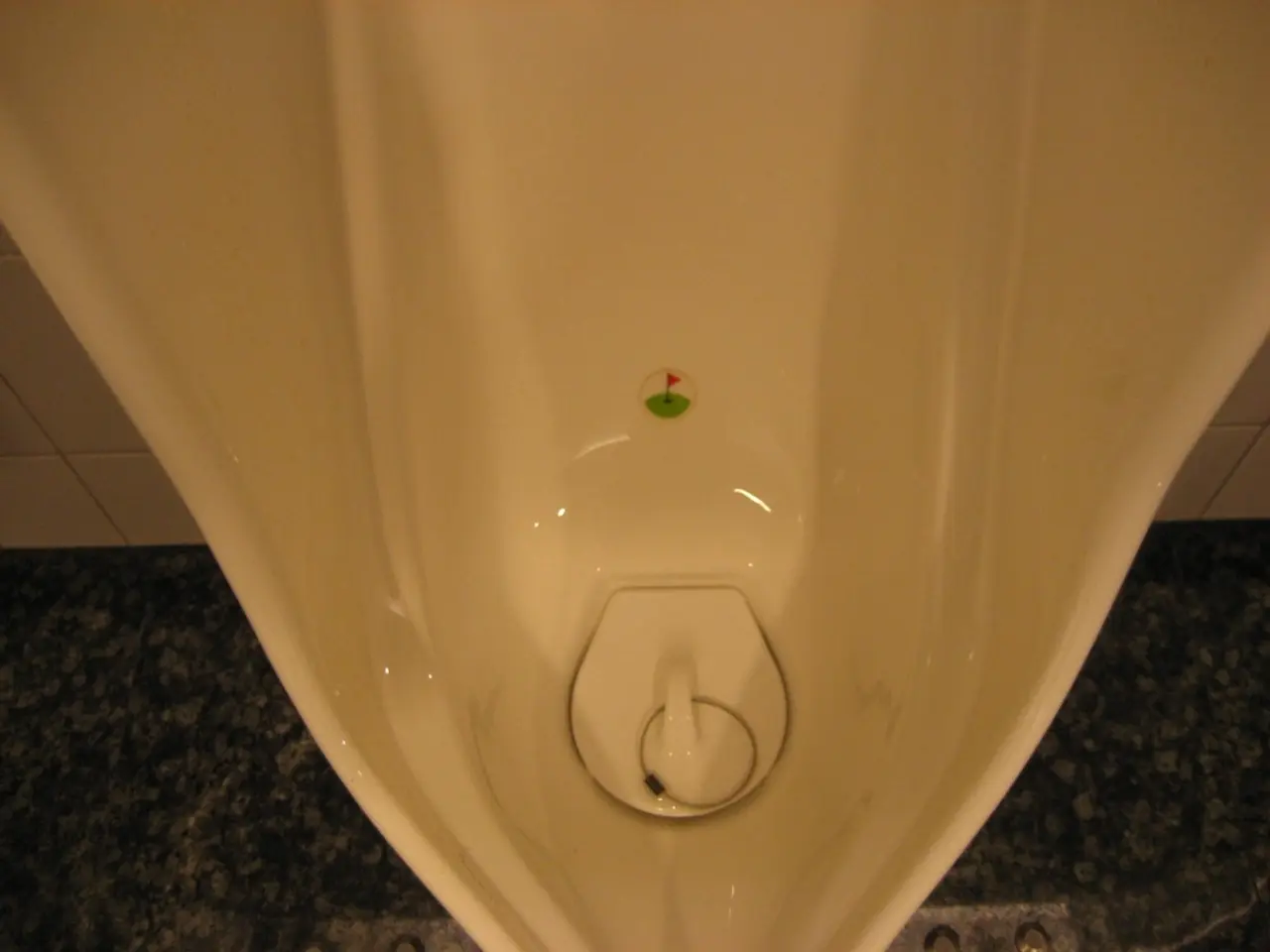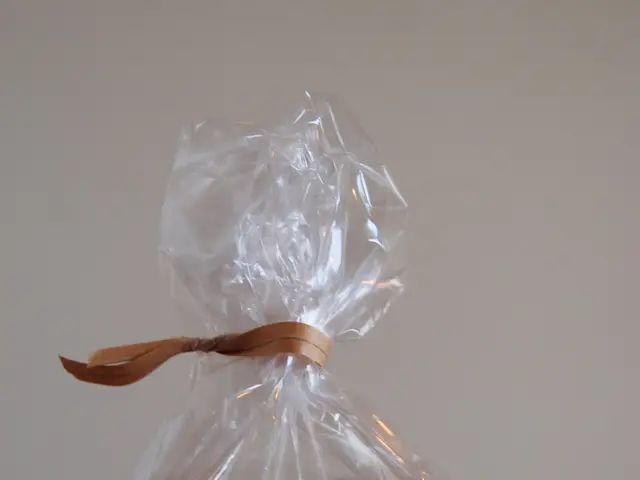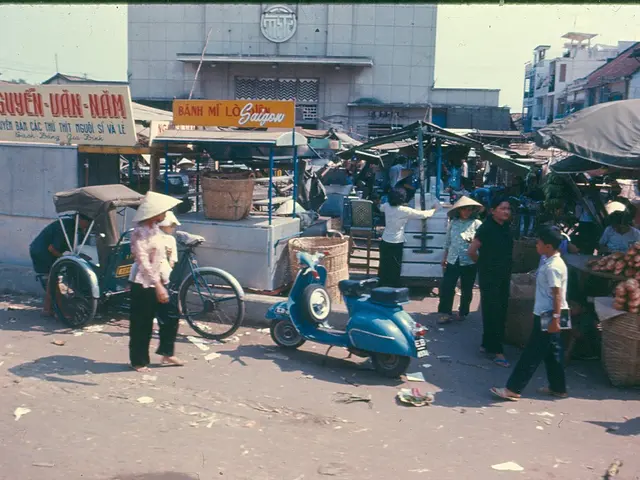Life Expectancy with Interstitial Cystitis: Exploration of Research, Treatment Methods, and Additional Information
================================================================================
Interstitial cystitis (IC), also known as bladder pain syndrome (BPS), is a chronic condition affecting the bladder, causing pain in the pelvic area and increased urgency to urinate. This condition, estimated to affect 700,000 to 1 million Americans, is not life-threatening but has no known cause and no cure.
A multimodal, personalised approach is often employed to manage IC symptoms, with many patients experiencing gradual relief over weeks to months. This article explores various treatment options available for IC, their effectiveness, and timelines.
Lifestyle and Dietary Changes
Avoiding bladder irritants such as caffeine, alcohol, acidic foods, and stress reduction can help reduce symptoms gradually over weeks to months. Maintaining hydration is also crucial [3][5].
Oral Medications
Medications like antihistamines, tricyclic antidepressants, and pentosan polysulfate sodium (Elmiron) aim to reduce bladder inflammation and pain. Response times vary, ranging from weeks to months [3][5].
Bladder Instillations
Direct instillation of medications such as heparin, DMSO, Hyacyst, or Cystistat into the bladder lining aims to repair the protective mucous layer. These treatments are typically administered weekly for 4 to 6 weeks, with many patients beginning to experience symptom relief after the fifth or sixth instillation, i.e., within a few weeks to 1-2 months [2].
Neuromodulation Therapies
Sacral nerve stimulation and percutaneous tibial nerve stimulation are minimally invasive options that modulate nerve signals controlling bladder function, reducing urgency and pain. These can improve symptoms over several weeks to months, particularly in refractory cases [1][3][4].
Physical Therapy
Pelvic floor muscle exercises and bladder training can improve muscle function and reduce pain. While improvements depend on individual response, these therapies typically require consistent practice over weeks or months [3][5].
Botulinum Toxin Injections
For severe cases resistant to other treatments, Botox injections into the bladder muscle have shown symptom relief by reducing muscle spasms and pain. Relief may be noticed within weeks after injection [1].
Surgical Options
Surgery, such as partial or total cystectomy, is considered a last resort when conservative treatments fail, with variable outcomes and longer recovery periods [3][4].
Effectiveness varies by patient and treatment type, but many options (e.g., bladder instillations, neuromodulation, lifestyle changes) offer symptom improvement within a few weeks to a few months of consistent treatment. Newer therapies like liposomal formulations and stem cell therapy are emerging but require further study to define their timelines and efficacy fully [1].
In addition to these treatment options, a balanced diet, limiting certain foods and drinks, stress reduction techniques, and the use of TENS devices can help manage IC symptoms. Laser surgery may be recommended to treat and remove ulcers or Hunner's lesions in the bladder. If symptoms do not improve after treatment, it is essential to speak with a doctor about other possible treatment options.
It is crucial to remember that IC can cause mental health issues such as anxiety, embarrassment, sexual dysfunction, sleep disturbance, and depression. Seeking support from healthcare professionals and mental health specialists can help manage these issues effectively.
In conclusion, a combination of lifestyle modification, medication, bladder instillations, nerve modulation, and physical therapy is commonly employed to manage IC, with many patients experiencing gradual symptom relief over weeks to months. More invasive treatments are reserved for refractory cases [1][2][3][4][5].
Read also:
- Local officials in Novorossiysk address issue of excessive tree growth in numerous roads
- Transform Ordinary Landscapes with 24 Eye-Catching Ground Covers, Sparing You a Fortune in Water Usage
- Unmatched against the four open-air baths of Helmstedt: no such facilities exist similarly.
- Memes to lighten up sleepless evenings: Over 20 amusing internet jokes to help you catch some z's when you can't sleep








